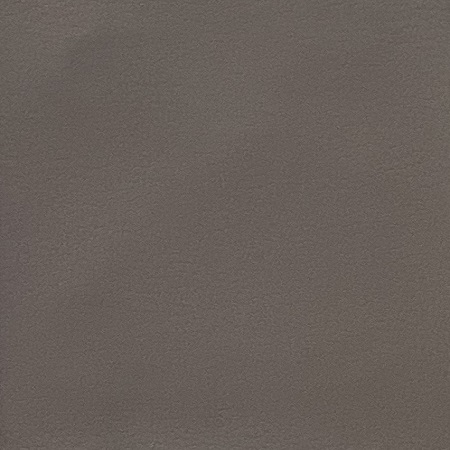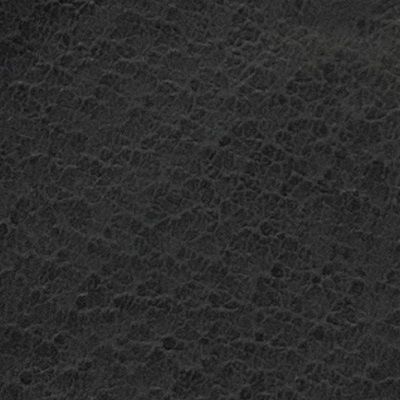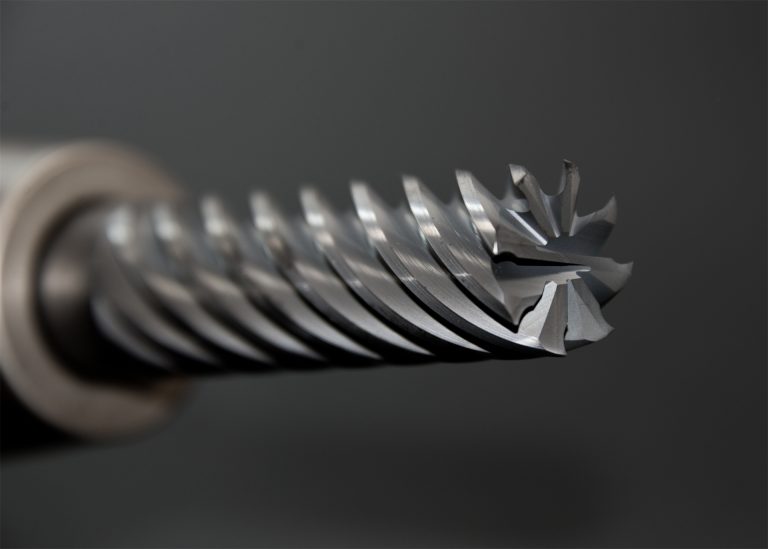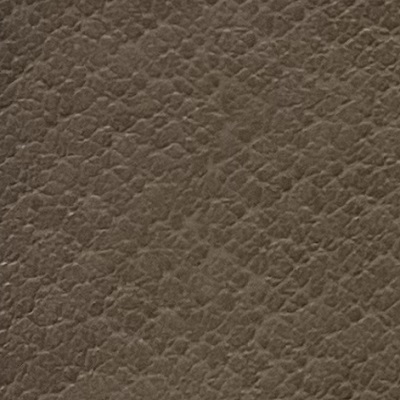Table of Contents
Exploring the Durability of Different Leather Types in Shoe Uppers
Shoes, a fundamental aspect of our daily attire, serve both functional and aesthetic purposes. Among the various components that constitute a shoe, the upper leather fabric plays a pivotal role, influencing its durability, comfort, and overall quality. In this article, we delve into the exploration of different types of leather used in shoe uppers and their respective durability.
Leather, a material prized for its strength and flexibility, comes in various types, each with its unique characteristics and properties. Full-grain leather, renowned for its durability and natural texture, stands as one of the premium choices for shoe uppers. Sourced from the top layer of the hide, full-grain leather retains the inherent imperfections and grain patterns, adding to its charm and resilience. Its dense fibers make it resistant to moisture and wear, ensuring longevity and enduring style.
Top-grain leather, another commonly used type, undergoes a process of sanding or buffing to remove imperfections, resulting in a smoother surface. While slightly less durable than full-grain leather, top-grain still boasts respectable strength and resilience. Its refined appearance and supple feel make it a popular choice for both casual and formal footwear.
Bonded leather, on the other hand, differs significantly from its counterparts. Composed of leftover leather scraps bonded together with adhesives, it offers a more affordable alternative but sacrifices durability in the process. Bonded leather tends to degrade faster and lacks the longevity associated with full-grain or top-grain options. While suitable for budget-friendly options, it may not withstand prolonged use or adverse conditions as well as its higher-quality counterparts.
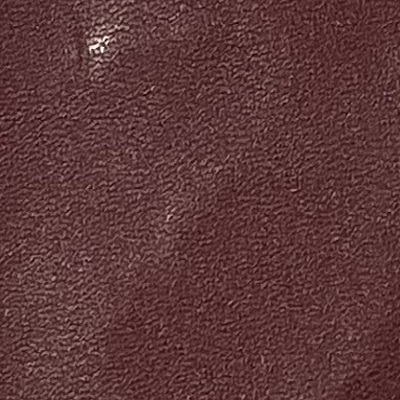
In addition to these traditional leather types, synthetic alternatives have gained traction in the footwear industry. Materials such as PU (polyurethane) leather and PVC (polyvinyl chloride) offer cost-effective alternatives to genuine leather while mimicking its appearance and texture. However, their durability may vary, with some synthetic options proving less resilient over time compared to genuine leather.

When considering the durability of shoe uppers, it’s essential to factor in the environmental conditions and intended usage. Full-grain leather, with its robust nature, excels in demanding environments and can withstand frequent wear and tear. Conversely, bonded leather or certain synthetic alternatives may show signs of deterioration more quickly, particularly when exposed to moisture or prolonged use.
Proper care and maintenance also play a crucial role in preserving the durability of leather shoe uppers. Regular cleaning, conditioning, and waterproofing can help extend the lifespan of the material, regardless of its type. By adopting a proactive approach to maintenance, shoe enthusiasts can ensure that their footwear remains in optimal condition for years to come.
In conclusion, the durability of shoe uppers varies depending on the type of leather or synthetic material used. Full-grain and top-grain leather offer superior resilience and longevity, making them ideal choices for those seeking durable footwear. In contrast, bonded leather and certain synthetic options may provide a more budget-friendly alternative but may lack the durability required for prolonged use. Ultimately, understanding the characteristics of different leather types can empower consumers to make informed decisions when selecting their footwear, balancing both durability and affordability.
Aesthetic Versus Practical: Choosing the Right Leather for Your Shoe Style
When it comes to choosing the right material for your shoes, few decisions are as crucial as selecting the appropriate leather for the shoe’s upper. The upper, being the visible part of the shoe, not only contributes to its aesthetic appeal but also plays a significant role in its durability and comfort. However, navigating the multitude of leather options available can be overwhelming, particularly when balancing aesthetic preferences with practical considerations.
One of the primary factors to consider when selecting leather for your shoes is its aesthetic appeal. Different types of leather offer distinct textures, colors, and finishes, allowing for a wide range of stylistic possibilities. Full-grain leather, prized for its natural markings and rugged appearance, exudes a sense of authenticity and character that appeals to those seeking a classic, timeless look. On the other hand, corrected-grain leather, which undergoes a process to remove imperfections, offers a smoother, more uniform surface that lends itself well to a sleek, polished aesthetic.
Beyond aesthetics, it’s essential to consider the practical implications of your leather choice. Full-grain leather, being the most durable and resistant to wear and tear, is an excellent option for shoes intended for regular use or outdoor activities. Its inherent strength and ability to develop a rich patina over time make it a favorite among those prioritizing longevity and functionality. In contrast, corrected-grain leather, while lacking the same level of durability, may be more suitable for dress shoes or occasional wear, where a refined appearance takes precedence over ruggedness.
| Amount | Article Name |
| 1 | Shoe Upper |
Another critical factor to consider when choosing leather for your shoes is its breathability and comfort. Natural, untreated leathers, such as full-grain and vegetable-tanned leather, allow for superior airflow, preventing moisture buildup and keeping your feet cool and dry throughout the day. Additionally, these leathers tend to conform to the shape of your foot over time, providing a personalized fit that enhances comfort with each wear. In contrast, synthetic or heavily processed leathers may lack the same breathability and flexibility, potentially leading to discomfort, especially during prolonged wear.
In addition to the type of leather, the tanning process used can also impact its performance and longevity. Chrome tanning, the most common method, involves treating the leather with chromium salts to achieve a soft, supple texture and vibrant colors. While chrome-tanned leather offers excellent durability and water resistance, it may lack the natural richness and depth of color found in vegetable-tanned leather, which uses plant-based tannins for a more environmentally friendly and artisanal approach.
Ultimately, the choice of leather for your shoes should be guided by a balance of aesthetic preferences and practical considerations. Whether you prioritize durability, comfort, or style, selecting the right leather can significantly impact the overall look and feel of your footwear. By understanding the characteristics of different leather types and tanning methods, you can make an informed decision that ensures your shoes not only look great but also stand the test of time. So, whether you’re opting for the rugged charm of full-grain leather or the refined elegance of corrected-grain leather, choose wisely, and step out in style.
Sustainable Options: Eco-Friendly Leather Alternatives for Shoe Manufacturing
As global awareness of environmental issues continues to grow, industries are increasingly seeking sustainable alternatives to traditional materials. In the realm of shoe manufacturing, one area of focus is the upper leather fabric. Leather has long been a staple in the industry, prized for its durability and aesthetic appeal. However, the environmental impact of leather production, including deforestation, water pollution, and greenhouse gas emissions, has led to a search for eco-friendly alternatives.
One promising alternative to traditional leather is synthetic leather, also known as faux leather. Synthetic leather is typically made from polyurethane or polyvinyl chloride (PVC), both of which are derived from petroleum. While synthetic leather does not involve animal cruelty and can be produced with fewer resources than traditional leather, it still has drawbacks in terms of environmental sustainability. The production of synthetic leather involves the use of fossil fuels and toxic chemicals, and it is not biodegradable.
Another eco-friendly alternative to traditional leather is plant-based leather. Plant-based leather can be made from a variety of renewable resources, including cork, pineapple leaves, apple peels, and mushrooms. These materials offer the durability and aesthetic appeal of traditional leather without the environmental impact. For example, Piñatex, a brand of plant-based leather made from pineapple leaves, is not only biodegradable but also provides additional income for pineapple farmers in tropical regions.
Recycled leather is another sustainable option for shoe manufacturing. Recycled leather is made from scraps of leather that are collected from various sources, including furniture and automotive industries, and processed into new material. By repurposing waste leather, recycled leather reduces the demand for new materials and minimizes the environmental impact of leather production. Additionally, some companies are experimenting with innovative technologies to create leather-like materials from agricultural by-products, such as grape skins and apple pomace.
In addition to these alternative materials, there is a growing trend towards sustainable practices in leather production. Some companies are adopting more ethical and environmentally friendly methods of tanning, such as vegetable tanning, which uses natural tannins derived from plants instead of toxic chemicals. Vegetable tanning not only reduces the environmental impact of leather production but also produces leather that is softer and more supple than traditionally tanned leather.
Furthermore, advancements in biotechnology are opening up new possibilities for sustainable leather production. Lab-grown leather, also known as cultured leather or biofabricated leather, is produced using cells harvested from animals without the need for raising and slaughtering livestock. This technology has the potential to revolutionize the leather industry by providing a cruelty-free and environmentally sustainable alternative to traditional leather.
In conclusion, there are numerous eco-friendly alternatives to traditional leather for shoe manufacturing. From synthetic leather to plant-based leather to recycled leather, the options are diverse and offer varying degrees of sustainability. By adopting these alternatives and implementing sustainable practices, the shoe industry can reduce its environmental impact and contribute to a more sustainable future.


